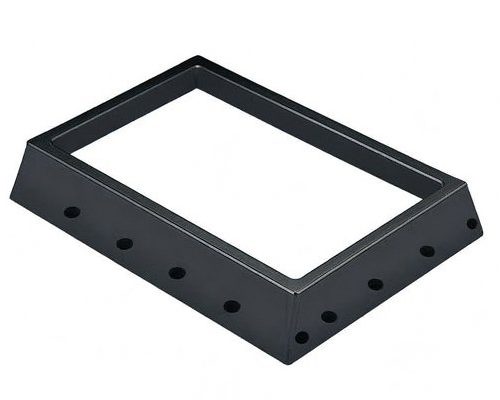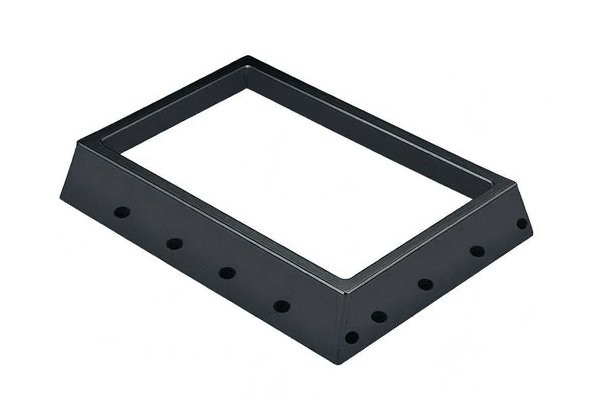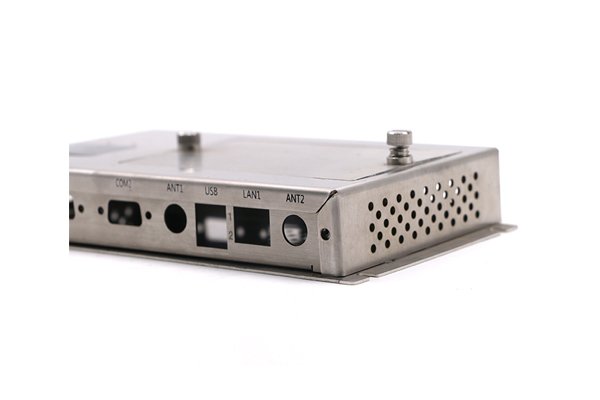In the rapidly evolving landscape of modern manufacturing, CNC (Computer Numerical Control) machining stands at the forefront of precision and efficiency. Companies like YL Machining strive to deliver top-notch CNC services, and in an industry where competition is fierce, the quest for enhanced production efficiency and superior machining quality becomes vital. The benefits of effectively optimizing these two parameters not only improve the bottom line but also lead to customer satisfaction, sustainability, and innovation.
This comprehensive guide aims to delve deep into the various methods and strategies that can enhance production efficiency and machining quality in CNC machining. We will explore best practices, advanced technologies, process improvements, and management strategies that can give your CNC operations a significant advantage.
Understanding CNC Machining
Before diving into the core strategies, it’s essential to grasp what CNC machining entails. CNC machining refers to the automated control of machining tools by means of a computer. This technology enables highly accurate and repeatable operations, making it suitable for producing complex geometric parts efficiently.
Advantages of CNC Machining:
The Importance of Production Efficiency
Production efficiency in CNC machining refers to the ability to produce parts at the lowest possible cost per unit while maximizing output. Higher efficiency typically means faster production rates, less wastage, reduced cycle times, and optimized resource usage.
Strategies to Improve Production Efficiency
Choosing the right CNC machine for a specific application is paramount. Factors to consider include:
Utilizing software for simulation, design, and planning can drastically reduce inefficiencies. Programs like Mastercam and SolidWorks allow for:
Lean manufacturing focuses on minimizing waste without sacrificing productivity. Key principles include:
Investing in workforce training is essential. An informed and well-trained workforce can operate machines more efficiently and safely. Implementing:
Regular maintenance of CNC machines prevents unexpected breakdowns and production halts. Implementing a scheduled maintenance program ensures:
Strategies to Improve Machining Quality
While efficiency is important, the quality of the product should never be compromised. High-quality machining translates to better customer satisfaction, fewer returns, and enhanced reputation.
Understanding the acceptable tolerances for components is crucial. Implementing stringent tolerances:

Incorporating quality management systems (QMS) like ISO 9001 ensures that products meet specific quality standards.
Tooling plays a significant role in the quality of the final product.:
The quality of materials directly affects the machining results:
Achieving the desired surface finish is critical in many applications. Strategies include:
Leveraging Technology for Improvements
The fourth industrial revolution has brought technologies like IoT (Internet of Things) into CNC machining. Equipped machines can:
Combining CNC machining with additive manufacturing (3D printing) can bring design flexibility and rapid prototyping to machining processes, leading to:
Automating repetitive tasks within the CNC process not only improves efficiency but also enhances quality assurance. Possible automations include:
Case Studies of Efficiency and Quality Improvement
A major aerospace manufacturer innovated by integrating lean principles and advanced software into their CNC operations, leading to a 30% reduction in production time and a significant decrease in product defects.
A medical device company improved its machining quality by investing in high-quality tooling and rigorous employee training. This led to a 20% enhancement in output quality, ensuring compliance with stringent regulatory standards.
Improving production efficiency and machining quality in CNC machining is an ongoing challenge that requires a multifaceted approach. By focusing on appropriate machine selection, advanced software solutions, lean methods, workforce training, and effective quality control systems, companies like YL Machining can optimize their operations significantly.
The integration of modern technologies such as IoT, automation, and additive manufacturing only enhances these capabilities further. As technology evolves, staying informed about emerging trends and incorporating them into daily practices will be essential for maintaining a competitive edge in the CNC machining industry. Your commitment to quality and efficiency will not only benefit your bottom line but also contribute to a sustainable future for manufacturing.
—



